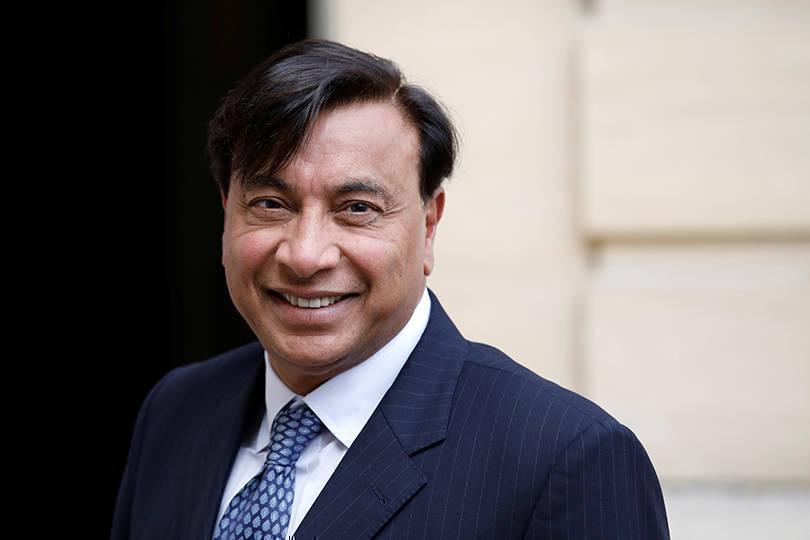The Supreme Court has cleared the way for global steel giant ArcelorMittal SA’s Rs 42,000 crore ($5.85 billion) acquisition of debt-laden Essar Steel, after a two-year-long legal battle that tested India’s bankruptcy law.
The court set aside a ruling of the National Company Law Appellate Tribunal and said that operational creditors cannot be on a par with financial creditors of a bankrupt company, television channels and Reuters reported.
The judgment came on a petition by Essar’s lenders, led by State Bank of India, who had challenged a ruling by the tribunal earlier this year. The tribunal had approved ArcelorMittal’s offer in July but said that money from a winning bid in an insolvency case should be distributed equally between operational and financial creditors.
The tribunal’s ruling, critics said, had threatened to upend India’s nascent bankruptcy law, put off investors and jeopardise many insolvency cases. But the top court’s ruling provides a relief to banks and sets a precedent that could now speed up other cases.
“The Essar judgement will end an epic 835-day battle which stretched the market’s understanding of the Insolvency and Bankruptcy Code to the bleeding edge,” said Sudipta Routh, partner at law firm IndusLaw. “That in itself should be quite a landmark.”
SBI chairman Rajnish Kumar also welcomed the court’s decision that the ultimate discretion on distribution of funds in an insolvency resolution case rests with the Committee of Creditors of the bankrupt company.
“This much-awaited judgement also settles to rest numerous points of law under the Insolvency and Bankruptcy Code which were tested in various courts,” Kumar said. “This should significantly reduce the scope for long-drawn litigations under the IBC and would eventually lead to faster resolutions of stressed assets.”
Essar Steel had total debt from banks worth nearly Rs 50,000 crore. It is among the so-called dirty dozen—12 large defaulters that banks dragged to bankruptcy courts on directions of the Reserve Bank of India in 2017.
ArcelorMittal, led by global steel tycoon Lakshmi Mittal, had emerged as the winning bidder for Essar in October last year after making a joint offer with Japan’s Nippon Steel & Sumitomo Metal Corp.
However, the world’s biggest maker of the alloy couldn’t take over Essar because of multiple challenges, including a counter offer by the Indian company’s founding Ruia family and court cases filed by operational creditors.
In April this year, the apex court had halted the payment by ArcelorMittal after a dispute among Essar’s lenders on the distribution on funds. Subsequently, in July, the court ordered a status quo on the bankruptcy tribunal’s ruling.
Today’s judgment means ArcelorMittal can finally acquire Essar, which has manufacturing capacity of $10 million tonnes, and establish a strong foothold in India, where it has been trying to set up shop for more than a decade.
ArcelorMittal's resolution proposal comprises an upfront payment of Rs 42,000 crore towards debt repayment and a capital injection of Rs 8,000 crore into Essar.
Operational creditors, however, would get just Rs 214 crore against their outstanding dues of Rs 4,976 crore while unsecured financial creditor Standard Chartered will only get Rs 60 crore against its claims of Rs 3,187 crore. Standard Chartered had opposed the resolution plan, contending that it favoured secured creditors.
Apart from SBI, other secured creditors with the largest exposure to Essar are Edelweiss Asset Reconstruction Company, IDBI Bank and ICICI Bank.
IndusLaw's Routh said the judgment has at least seven or eight “direction-finding elements” that can serve as a beacon for market participants. “The role of the resolution professional, the role of the committee of creditors, the game theory element that every resolution applicant must anticipate, the rules of the game for secured, unsecured and operational creditors, all of these we hope will provide the behavioural template we need for the future,” he said.
Routh also said that the confusion that erupted after the appellate tribunal’s order had made the bankruptcy code incomprehensible to investors. “The most important course correction is the re-establishment of the straight and narrow path the tribunals must now tread,” he added.






